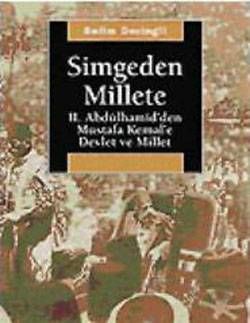
From Symbol to Nation
The last century of the Ottoman Empire is a period in which, on the one hand, the state tried to define itself as a dominant actor in the international arena, and on the other hand, this influential actor tried to re-emphasize its splendor and statehood, which was now confined to ceremonies, through symbols. The imperial administration, which kept people of different ethnic origins and religions together, began to treat its subjects as a homogeneous nation under the central administration in the last quarter of the 19th century, but in the meantime it could not give up its imperial reflexes. Magnificence and magnificence prevail in a wide range, from coats of arms and medals to language, from the understanding of geography ruled by the Ottoman state to the forms of representation in the international arena. This process sometimes includes procedures that resemble the behavior and "civilization" attempts of colonial governments towards their colonized subjects. Selim Deringil deals with the symbolic production and reproduction areas of the 19th century imperial history in his articles that reflect the labor of many years brought together in this book. Definitions of religion, nation, state and their use in the political field, II. It examines the period from the reign of Abdulhamid to Mustafa Kemal by looking at "state reason" and practices.
Number of Pages: 296
Year of Printing: 2007
Language: Turkish
Publisher: Iletisim Publishing
Number of Pages: 296
First Print Year: 2007
Language Turkish
| Publisher | : | Contact Publishing |
| Number of pages | : | 296 |
| ISBN | : | 9789750504754 |
| The heart | : | Turkish |


